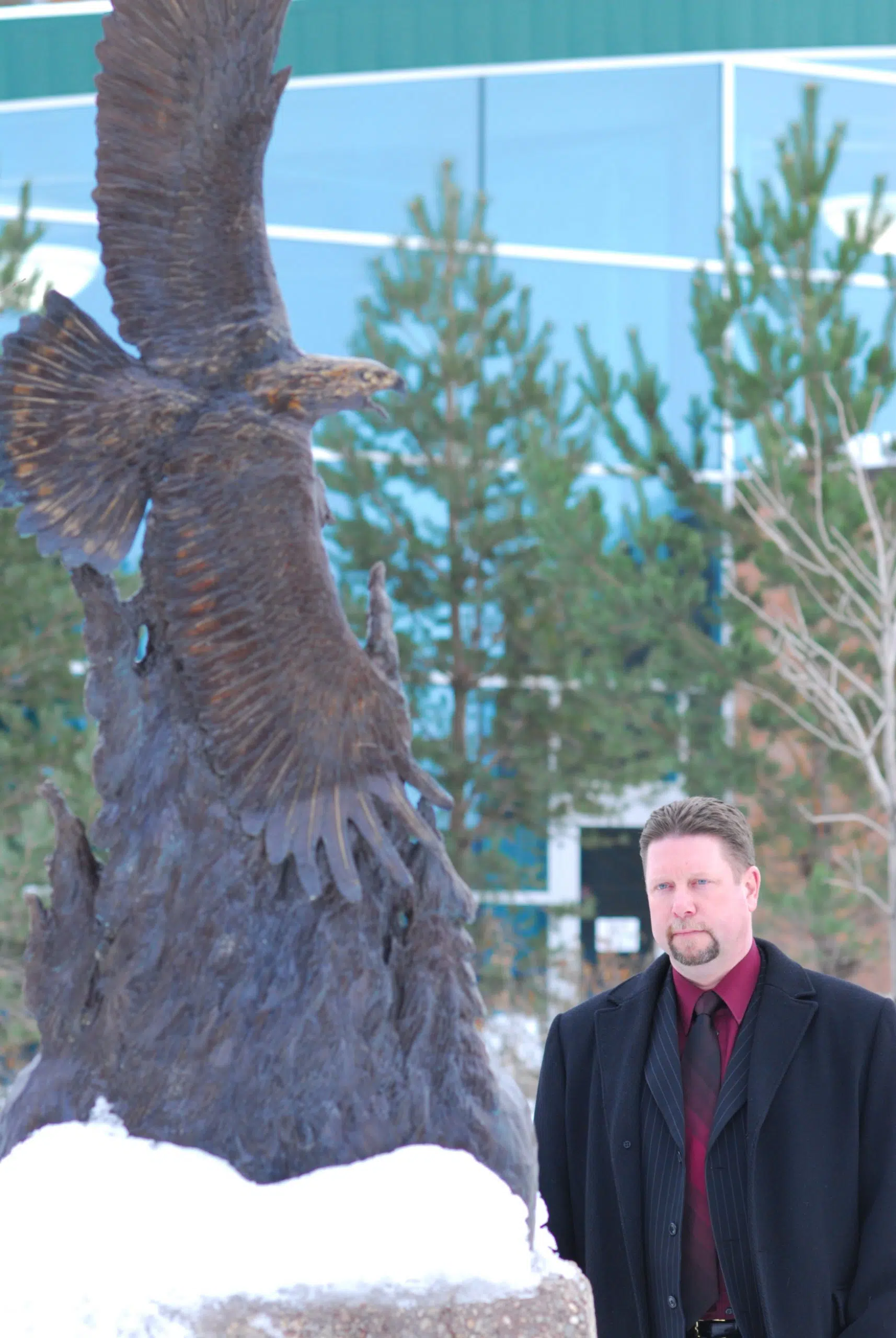
The shooting of Leo LaChance: 20 years later
Twenty years ago today, Leo LaChance, 43 and member of the Big River First Nations was shot and killed at a River Street pawn shop by white supremacist Carney Milton Nerland.
Nerlad, through a plea bargain, was found guilty of manslaughter, sentenced to four years, but served less than three before being placed in witness protection.
LaChance was a good-natured, funny, small-scale trapper with a drinking problem. On Jan. 28, 1991, he left a note for his family and hitchhiked to Prince Albert to sell a few pelts worth $5 for some spending money.
His usual fur trader had closed just an hour earlier, so he went to the pawn shop next door, owned by Nerland.


